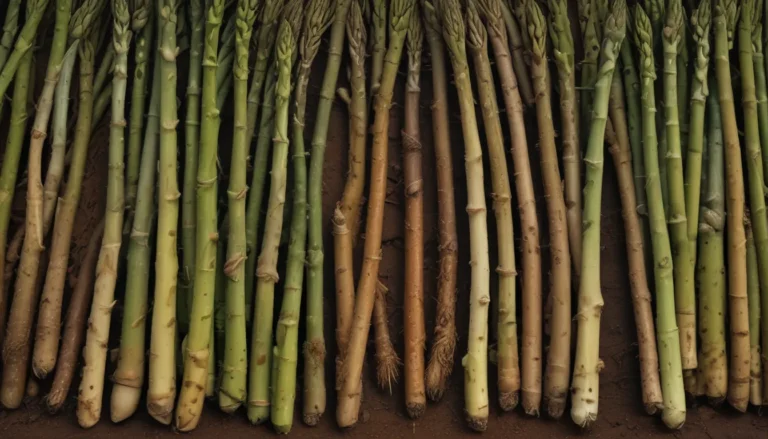Comprehensive Guide to Common Issues with Coneflowers: 11 Plant Diseases and Pests

Coneflowers are undoubtedly beautiful and sturdy plants that are generally pest and disease resistant. However, like any plant, they are not entirely immune to issues that may arise. In this comprehensive guide, we will explore common diseases and pests that may affect coneflowers, particularly Echinacea purpurea. By being informed about these potential problems, you can take appropriate preventive measures and effectively manage any issues that may arise.
Overview
Coneflowers are generally known for being tough plants that can withstand various conditions. They are rarely attacked by pests or diseases, especially when grown in their natural environment. However, Echinacea purpurea is more susceptible to pests and diseases compared to other species. While these issues may occur, they are unlikely to kill the plant entirely but may result in visible blemishes or abnormal growth.
To maintain a healthy patch of coneflowers, it is essential to keep your garden free of weeds and debris. By incorporating smart gardening techniques and preventive measures discussed in this guide, you can minimize the risk of encountering common coneflower problems.
11 Common Coneflower Diseases and Pests
- Anthracnose
- Dark spots on leaves
- Yellowing leaves
-
Treat with copper fungicide like Bonide Copper Fungicide.
-
Aphids
- Coneflower aphids (neutral impact) vs. damaging aphids
-
Control measures: wash off with water or natural predators
-
Aster Yellows
- Unique symptoms, including abnormal growth and yellowing leaves
-
Prevention and control strategies: remove infected plants, use beneficial fungi like Beauveria bassiana
-
Deer
- Young coneflowers may be susceptible to deer browsing
-
Protect plants with appropriate measures
-
Eriophyid Mites
- Distorted flower heads and rosette tufts
-
Treat by snipping off infected heads and removing debris
-
Fusarium Wilt
- Symptoms include wilting leaves and dark patches
-
Treatment with biofungicide like Mycostop
-
Japanese Beetles
- Feeding damage on leaves
-
Control with manual removal and beneficial nematodes like NemaSeek
-
Leaf Spots
- Black or brown spots on foliage
-
Prevent with appropriate watering practices and fungicide treatment
-
Leafhoppers
- Spread aster yellows disease
-
Preventive measures: remove weeds and debris, introduce beneficial predators like assassin bugs
-
Powdery Mildew
- Fungal disease causing white powdery growth on leaves
- Control through proper gardening practices and fungicide treatment
-
Stem Rot
- Caused by excessive moisture
- Prevent through proper drainage and watering practices, treat with fungicide if necessary
By familiarizing yourself with these common diseases and pests that may affect coneflowers, you can take proactive steps to maintain the health and vitality of your plants.
Strategies for Healthy Coneflowers
To ensure the proper growth and well-being of your coneflowers, consider implementing the following strategies:
– Maintain appropriate spacing between plants to prevent overcrowding.
– Water at the soil level to avoid wet foliage, which can contribute to disease development.
– Encourage beneficial insects like assassin bugs to control pest populations naturally.
By incorporating these practices into your gardening routine, you can create a more favorable environment for your coneflowers to thrive.
In conclusion, while coneflowers are generally resilient plants, it is essential to be aware of potential diseases and pests that may impact them. By taking preventive measures and being proactive in managing any issues that arise, you can enjoy healthy and vibrant coneflowers in your garden. Remember, a little care and attention can go a long way in ensuring the longevity and beauty of your plants.
Stay informed, stay vigilant, and watch your coneflowers flourish!
Product recommendations included in this article are for informational purposes only and not an endorsement of specific brands.





